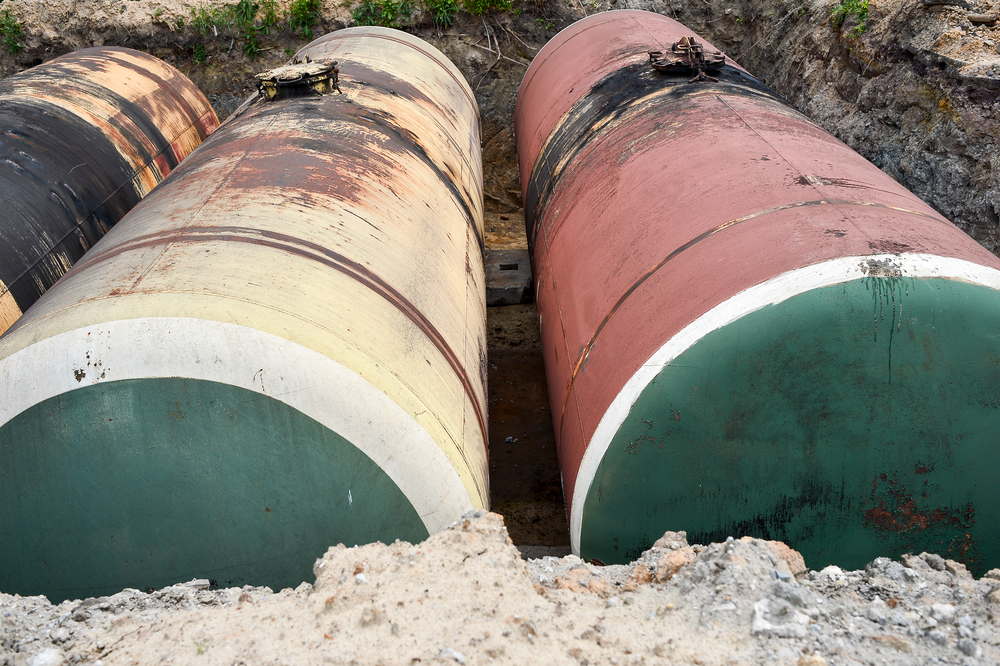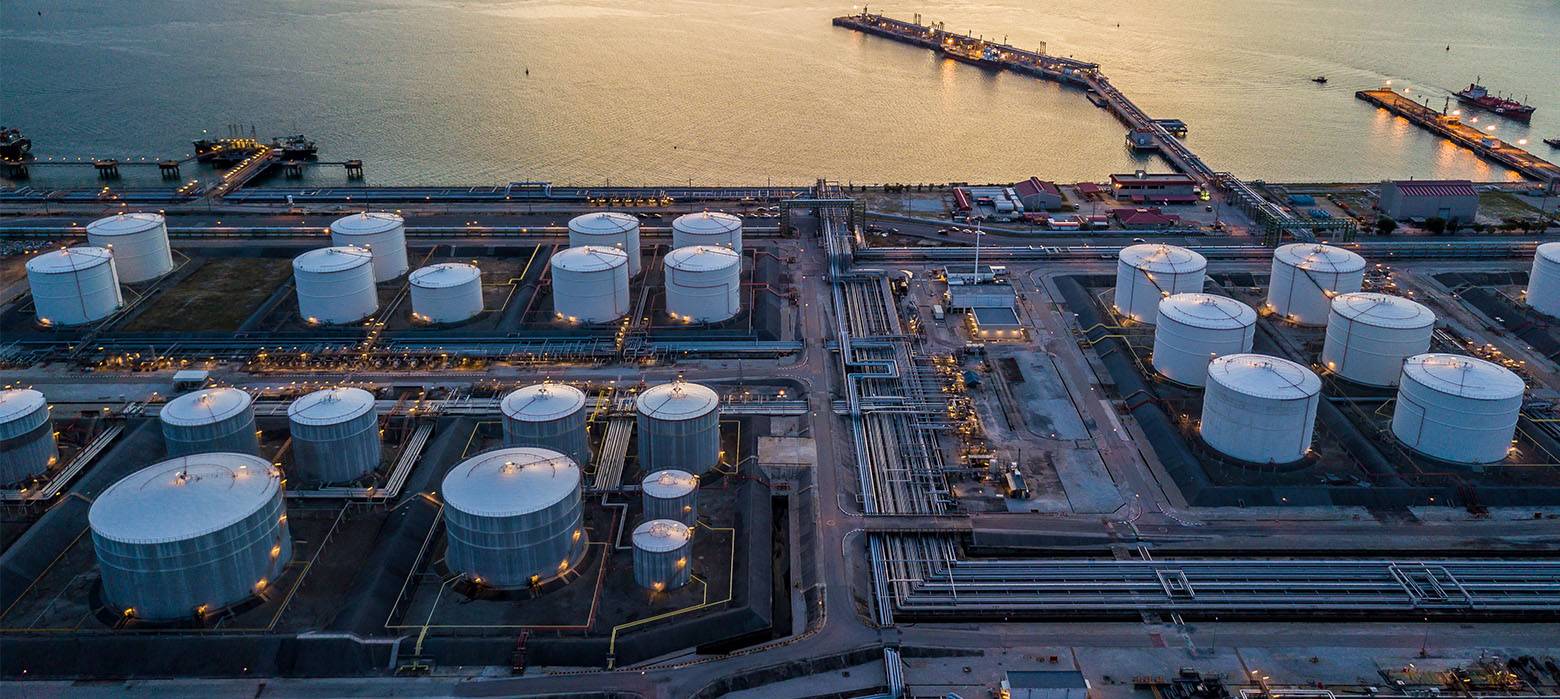
- admin
- February 11, 2020
Fiberglass Underground Fuel Storage Tanks: A Guide for the Users
When it comes to reliable, safe, and long-term storage solutions for industries fiberglass tanks are second to none.
With technological advancements, these vessels are getting upgraded with better designs and features. Manufacturers comply with stringent industry protocols to ensure their high-performance, safety, and longevity.
Fiberglass underground fuel storage tanks is the latest invention that is specially crafted to keep highly corrosive and inflammable liquids such as ethanol-blended fuels (E10, E15, E85), biodiesel fuels, petroleum products, and ultra-low sulfur diesel.
What are Fiberglass Underground Fuel Storage Tanks?
Fiberglass underground fuel storage tanks are large vessels used for meeting storage demands in industries.
They are manufactured from polyester resins that are strengthened with glass fiber generally installed beneath the ground.
Fiberglass underground fuel containers were first introduced in 1960s. Since then they have gained popularity.
As we entered into the 1980s major oil and fuel companies started to realize the advantages of using fiberglass tanks over steel vessels.
Features of Fiberglass Underground Fuel Storage Tanks
With the advent of technology, new features are being added to the latest models of underground fuel vessels. This has facilitated users and plant operators of chemicals alike.
Double & triple wall coating: Double-wall layered fiberglass tanks and vessels have the capacity to assess the interstitial space for reliability hydraulically or with sensors. This makes the units robust, corrosion resistant and leak-proof.
In recent times, triple-walled fiberglass fuel underground tanks have become popular due to their enhanced protection.
Secondary Containment: Secondary containment is described as an area that captures the entire contents of the largest tank in the containment area when there is an abrupt leak or spill of the chemicals and acids.
Sizes: Modern units are designed in such a way that they can hold up to 50,000 gallons of liquids.
Their sizes range from 4-foot diameter to 12-foot diameter. Industries utilize those fiberglass fuel tanks with 10-foot diameter as they can accommodate or store up to 50,000 gallons of liquids and chemicals and can also be used for wastewater treatment applications.
Multi-compartments: Multiple compartments in fiberglass fuel industrial storage tanks facilitate in keeping multiple products in the same tank instead of storing different products separately in smaller tanks. This helps in decreasing operation costs.
Advantages of Fiberglass Underground Fuel Storage Tanks
Corrosion resistance: The biggest advantage of using fiberglass underground fuel storage tanks is that they are not susceptible to internal corrosion caused by aggressive microbial-induced corrosion. As a result, you can store highly-corrosive gasoline, petroleum, and ethanol-blended fuel products easily on them.
Fuel compatibility: Fiberglass fuel tanks have unique fuel compatibility while the same cannot be said about steel and alloy tanks. Modern units are UL-tested and UL-listed which makes them compatible with ethanol and gasoline storage.
For best and premium storage solutions, get in touch with GSC Tanks. It is a renowned manufacturer and dealer of industrial stainless-steel tanks, fiberglass tanks, polyethylene tanks, and field-erected tanks.
You can buy the best products here in terms of size, capacity, dimension, thickness, welding, coating, and supporting materials as per your specific industrial needs and requirements.
- fiberglass tanks
- fiberglass underground fuel storage tanks
- Industrial tanks
Category
- Above Ground Fuel Tanks
- Above Ground Gas Storage Tank
- Above Ground Storage Tanks
- Above Ground Water Storage Tanks
- Agricultural Tanks
- Chemical storage Tanks
- Diesel Fuel Storage Tanks
- Diesel Storage Tanks
- Exernal FloatingRoof Tanks
- Farm Water Tank
- Fiberglass Oil Tanks
- Fiberglass Septic Tanks
- Fiberglass Tanks
- Fiberglass Underground Fuel Storage Tanks
- Field Erected Tanks
- Floating Roof Tank
- Food and Beverage Tanks
- Fuel tank
- Industrial Chemical Storage Tanks
- Industrial Gas Tanks
- Industrial Plastic Tanks
- Industrial Storage Tanks
- Industrial Tank heating pads
- industrial tanks
- Natural gas
- Natural gas vs Propane
- oil storage tank
- Oil Storage Tanks
- Peracitic Acid
- Petroleum Tanks
- Residential gasoline storage tanks
- Residential Water Storage Tanks
- Sodium Hydroxide Storage Requirements
- Sodium Hypochlorite Storage Tanks
- Steel Storage Tanks
- storage tank failure prevention
- Storage Tanks
- Sulfuric Acid Tanks
- Uncategorized
- UnderGround Storage Tanks
- Waste water tank
- Water Storage Tanks

 Tank Size Calculator
Tank Size Calculator






